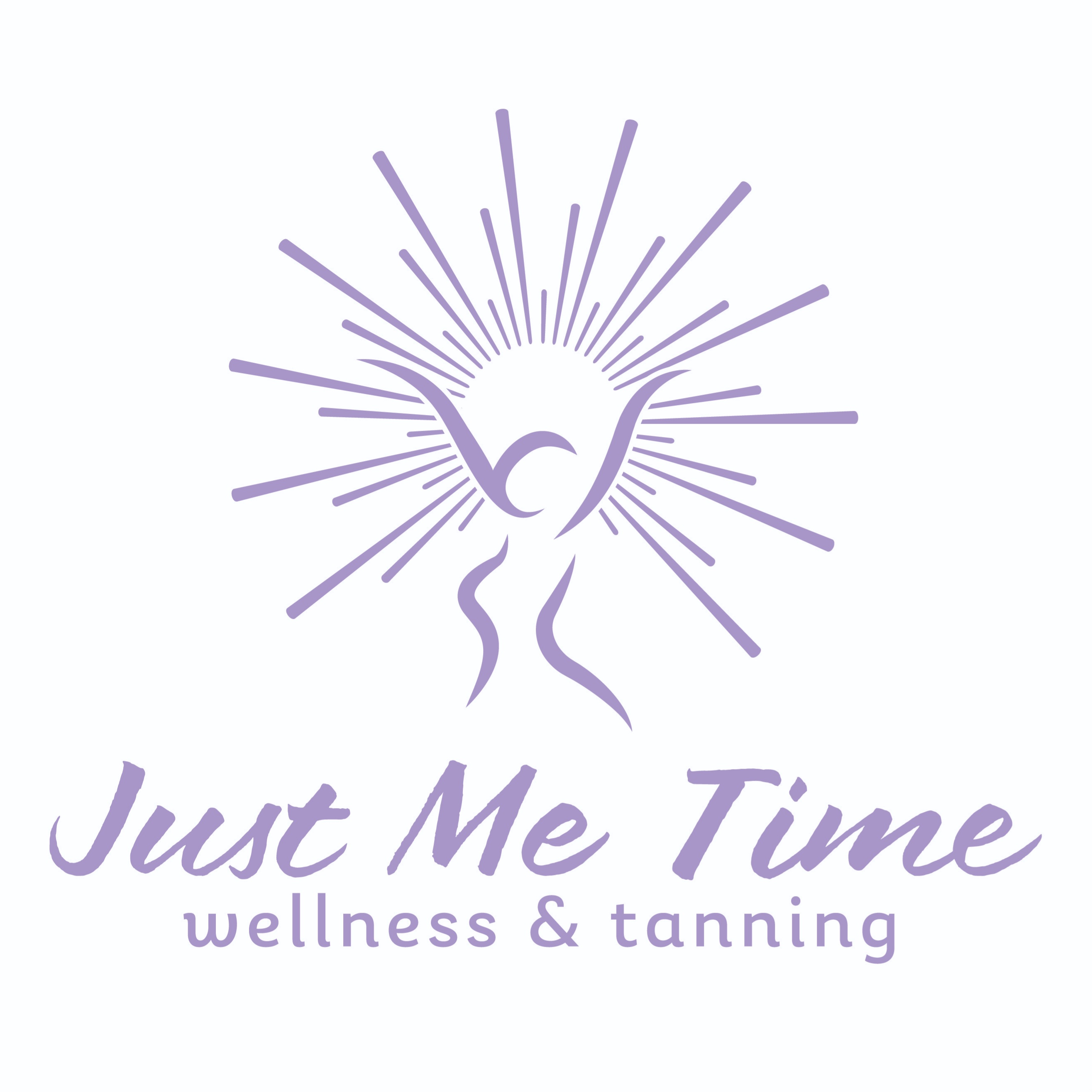Exploring the Science Behind LED Light Therapy
- Just Me Time null
- Jun 6
- 4 min read
LED light therapy has gained significant popularity in recent years as a non-invasive treatment for various skin conditions and more. By utilizing specific wavelengths of light, this innovative approach aims to stimulate skin rejuvenation, reduce inflammation, and promote healing. In this blog post, we will delve into the science behind LED light therapy, its mechanisms, benefits, and practical applications.
Understanding LED Therapy
LED stands for Light Emitting Diode, which are semiconductor devices that emit light when an electrical current passes through them. The therapy involves exposing the skin to varying wavelengths, often categorized into red, blue, green, and infrared light. Each type has its unique effects, targeting different skin concerns. For instance, red light is known for its anti-aging benefits, while blue light is often used to combat acne.

The treatment is relatively straightforward. Patients either visit specialized clinics or use at-home devices designed for personal use. The process typically lasts between 10 to 30 minutes and is painless. Patients often report feeling a warm sensation on their skin, akin to sitting under the sun.
How LED Light Therapy Works
The mechanism behind LED light therapy is fascinating. When skin cells absorb specific wavelengths of light, they stimulate various biological processes. For example, when red light penetrates the skin, it triggers the production of collagen and elastin, essential proteins that keep the skin firm and youthful.
Moreover, blue light penetrates less deeply but is effective at targeting the bacteria responsible for acne. The bacteria absorb the blue light and subsequently die, reducing the chance of breakouts. Consequently, combining different wavelengths can yield more comprehensive results; thus, many treatment devices feature multiple settings.

Statistics show that a significant percentage of people experience noticeable improvements in their skin after regular LED therapy sessions. For example, a study conducted by the Journal of Cosmetic and Laser Therapy showed that over 70% of participants noted improved skin texture and appearance after consistent usage over several weeks.
Various Applications of LED Light Therapy
The versatility of LED light therapy is one of its most appealing aspects. It is not just a skincare treatment; it is also beneficial for a range of conditions. Here are some key applications:
Acne Treatment: As discussed, blue light is effective for treating acne by targeting the bacteria that cause breakouts. Many dermatologists recommend LED therapy as an adjunct to conventional acne treatments.
Anti-Aging: The stimulation of collagen production through red light not only helps to diminish fine lines and wrinkles but can also improve skin tone and texture over time.
Wound Healing: LED therapy is increasingly being used in medical settings to enhance healing. Its ability to increase blood circulation and reduce inflammation makes it beneficial for recovering from injuries.
Psoriasis and Eczema: These chronic skin conditions can also see improvements with LED therapy. The anti-inflammatory effects help to soothe flare-ups and reduce redness.

Safety and Side Effects
LED light therapy is generally safe for most skin types. Unlike laser treatments, it does not use UV light and is non-invasive, which minimizes the risk of side effects. However, some individuals may experience temporary redness or sensitivity following treatment.
Considering the growing number of at-home devices available, it is essential to follow the manufacturer's instructions carefully. Patients are also advised to consult with a skincare professional to determine the best treatment plan tailored to their specific needs.
The Future of LED Light Therapy
The future of LED light therapy looks promising as technology advances and research continues to unveil new applications. Innovations such as wearable devices and more efficient home-use gadgets are becoming increasingly available. These developments provide users with convenient, at-home options to continue treatments in between professional sessions.
More research is ongoing to deepen our understanding of how LED therapy can further benefit different health issues, including pain management and mood disorders. With the combination of technological advancement and growing clinical evidence, LED light therapy stands poised to play an even more prominent role in skincare and overall health.
For those looking to explore the led light therapy benefits, there are numerous resources and clinics now equipped with modern devices that can help individuals achieve their skincare goals.
Embracing LED Light Therapy for Better Skin
Incorporating LED light therapy into your skincare routine offers a multitude of benefits, including smoother skin, reduced acne, and a youthful appearance. Whether you opt for professional treatments or invest in a home device, understanding how LED therapy works can empower you in your journey toward healthier skin.
As the science continues to evolve, staying informed about the benefits and uses of LED light therapy ensures that you can make the best decisions for your skin health. Embrace this innovative therapy—your skin will thank you!





Comments